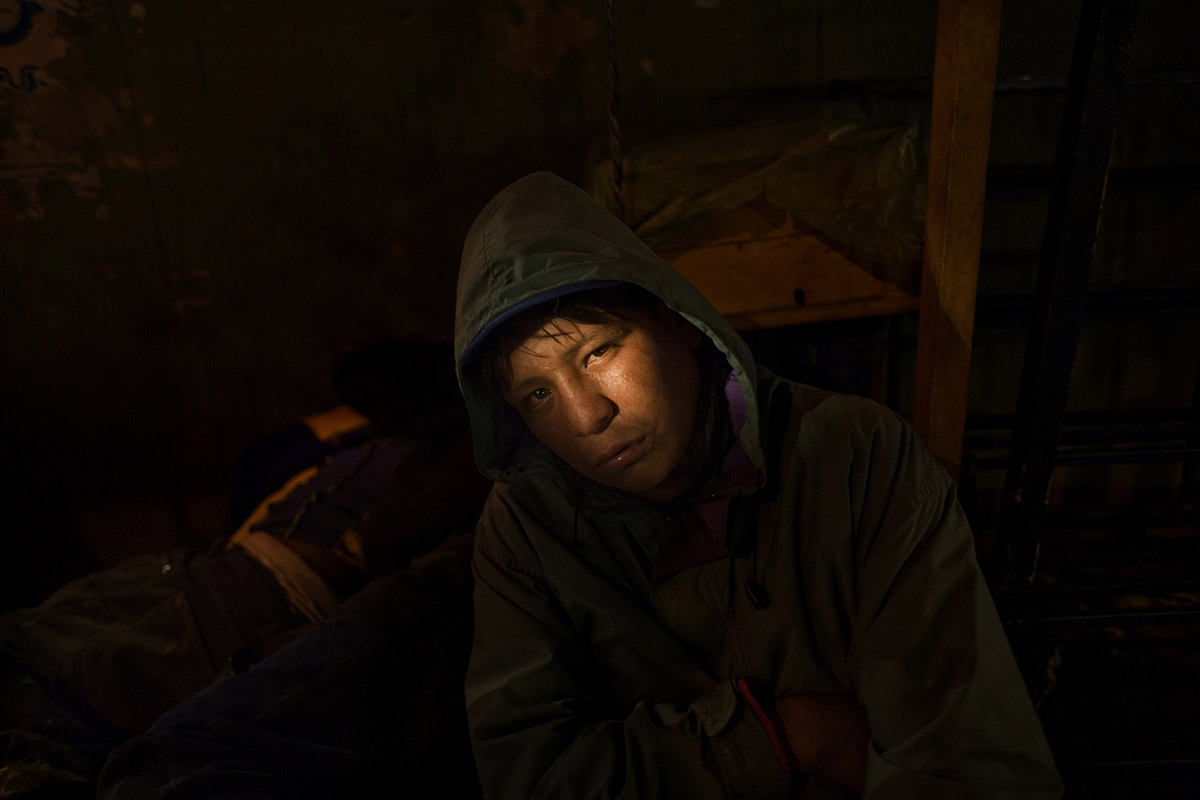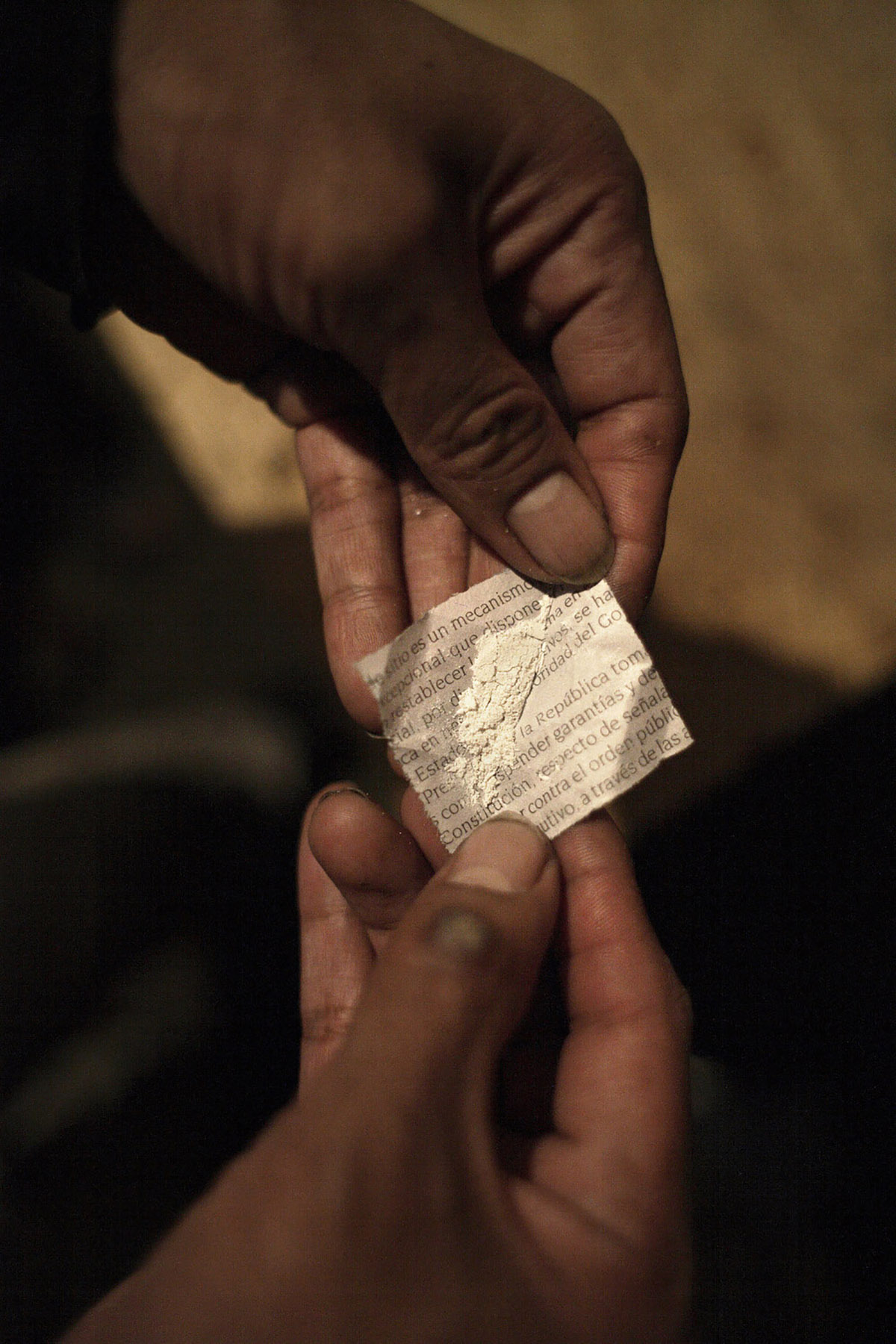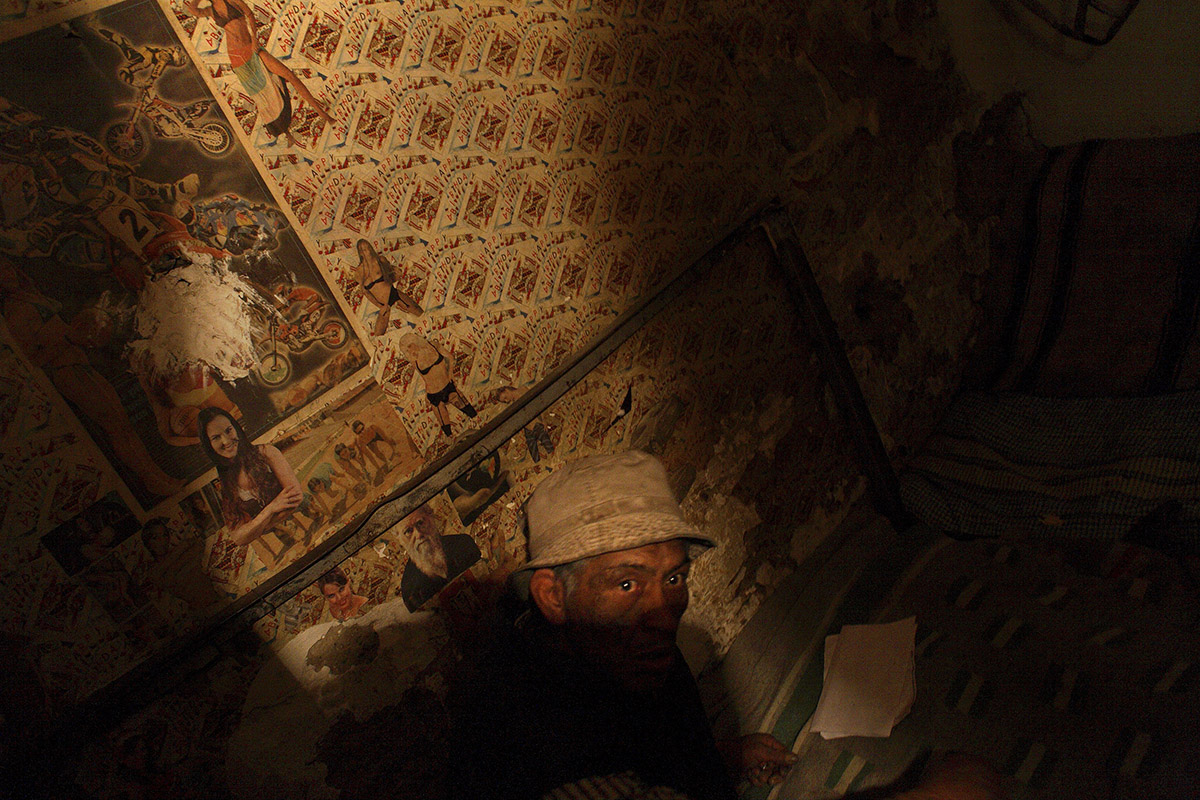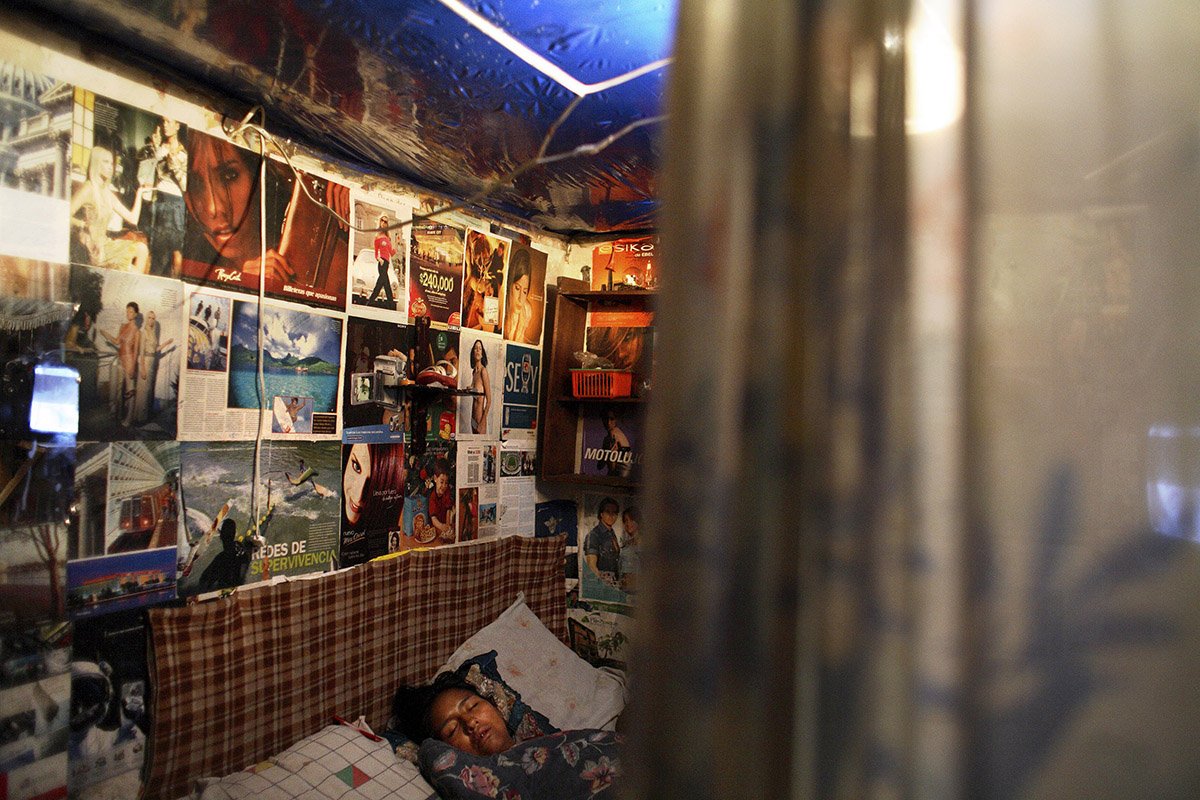COCA NO ES COCAÍNA
(COKE IS NOT COCAINE)
Bolivia is the third world producer of coca ( Erythroxylum coca), an original plant from the Amazonic Andes. This plant, which has been considered sacred by the aboriginal people long time before the Spaniards arrived in America, has stimulant, anaesthetic and healing properties. It also disminish hunger, thirst and fatigue.
Among different chemical elements that can be found in a coca leaf, alkaloids are the most controversial, since they serve as a raw material to produce drugs like cocaine.
The government of Evo Morales is launching an campaign to change the international view of this plant. Bolivia is trying to remove the coca from a category that considers this plant a drug like cocaine or heroin since the international convention, approved by the UNO, that took place in 1961.
CRACK ADDICTS
Cocaine is an addictive stimulant which increases dopamine, a neurotransmitter of some parts of the brain. The pure chemical substance, the cocaine clorhidrate, has been used since more than a hundred years in Western countries. The cocaine base paste is the mixture that hasn’t been yet neutralized by an acid to produce the salt. It is cheaper than cocaine clorhidrate, more addictive and causes fast and irreversible damage to consumers. It is the most popular way of consumption among middle to low and lower classes. Cocaine base is usually smoked and produces to the consumer mixed feelings of euphoria, panic and insomnia. Often, the addict has paranoid thoughts that result in panic attacks.
TRADITIONAL CHEWING
"ACULLICO" IN QUECHUA
Bolivia is the third world producer of coca ( Erythroxylum coca), an original plant from the Amazonic Andes. This plant, which has been considered sacred by the aboriginal people long time before the Spaniards arrived in America, has stimulant, anaesthetic and healing properties. It also disminish hunger, thirst and fatigue.
The government of Evo Morales is launching an campaign to change the international view of this plant. Bolivia is trying to remove the coca from a category that considers this plant a drug like cocaine or heroin since the international convention, approved by the UNO, that took place in 1961.
LAW 1008
BOLIVIAN PRISIONS: PENAL DE SAN PEDRO, PENAL DE CHONCHOCORO Y PENAL DE MIRAFLORES
San Pedro prison in La Paz is home to about 1,500 inmates. Few of the inmates here are convicted killers - 80% of them are here for drug-related offences (law 1008). Only about 25% of all prisoners are actually serving a sentence - the rest are awaiting trial.There is an overpopulation in this prison where health conditions are not the best. About 200 children live in the San Pedro prison with their fathers.
There are almost no guards, no uniforms or metal bars on the cell windows. This relative freedom comes at a price: inmates have to pay for their cells.Once you pass the thick walls and the security gates, any resemblance to a normal jail disappears: there are children playing, market stalls, restaurants, hairdressers and even a hotel. It looks more like the streets of El Alto, Bolivia's poorest neighbourhood that sprawls on the outskirts of La Paz, than a prison.
1008 PROSECUTION
The law 1008 refers to the coca regime and controlled substances. It was approved in 1988 during the government of Paz Estensoro but the studies that supported this controversial law are no longer valid.
The current Bolivian government of Evo Morales is trying to modify some of its articles so as to change the negative view that stands that coca leaf is harmful for the health in its natural state. However, it is strongly engaged to fight against drug production and traffic.
Meanwhile the controversial coca plant and its derivates are present in the daily life of many Bolivians
















































